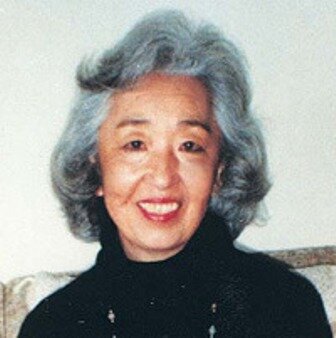One of these following facts about Yoshiko Uchida might probably let you know more about her. As some people know, she was a Japanese American writer who was born into Japanese immigrant family and grew up in California, United States. Uchida was one of 120,000 Japanese Americans sent to internment camps during World War II. Her early books for children were retellings of Japanese folk tales, most of which were unknown to American readers. She has been really brave on publishing her works. To get to know more about her, here are some other facts about Yoshiko Uchida you might like.
Facts about Yoshiko Uchida 1: Family
Yoshiko Uchida was the daughter of Japanese immigrants Takashi and Iku Uchida. Her father came to the United States from Japan in 1903 and worked for the San Francisco offices of Mitsui and Company. Yoshiko and her sister Keiko were both nisei, or second-generation Japanese Americans, born in the United States.
Facts about Yoshiko Uchida 2: UC Berkeley
Yoshiko Uchida graduated early from high school in the 1940s and enrolled at University of California, Berkeley at sixteen. The Uchidas were living in Berkeley, California and Yoshiko was in her senior year at U.C. Berkeley when the Japanese attacked the naval base at Pearl Harbor in 1941.
Facts about Yoshiko Uchida 3: Internment Camps
Soon after, President Franklin D. Roosevelt ordered all Japanese Americans on the west coast to be rounded up and imprisoned in internment camps. Thousands of Japanese and Japanese Americans, regardless of their U.S. citizenship, lost their homes, property, jobs, civil liberties and human dignity.
Facts about Yoshiko Uchida 4: FBI Questioning
In the camp, the Uchidas were not spared. Takashi was questioned by the Federal Bureau of Investigations and he and his family, including Yoshiko, were interned for three years, first at Tanforan Racetrack in California and then in Topaz, Utah. In the camps, Yoshiko taught school and had the chance to view not only the injustices which the Americans were perpetrating, but the varying reactions of Japanese Americans towards their ill-treatment.
Facts about Yoshiko Uchida 5: Journey to Topaz
Her 1971 novel “Journey to Topaz” is fiction but closely follows her own experiences, and many of her other books deal with issues of ethnicity, citizenship, identity, and cross-cultural relationships.
Facts about Yoshiko Uchida 6: Book Publication
Over the course of her career Uchida published more than thirty books, including nonfiction for adult and fiction for children and teenagers.
Facts about Yoshiko Uchida 7: Autobiography
Uchida became widely known for her 1982 autobiography Desert Exile, one of several important autobiographical works by Japanese Americans who were interned that portray internment as a pivotal moment in the formation of the author’s personal and cultural identities.
Facts about Yoshiko Uchida 8: Journey Home
Journey Home depicts the struggling family after their release from the camp, dealing with the issue of divided loyalty among the Japanese Americans through the emotional anguish of Yuki’s brother, Ken.
Facts about Yoshiko Uchida 9: Work Collections
After Journey to Topaz, Uchida continued to focus on the experience of Japanese Americans in the United States; A Jar of Dreams (1981), The Best Bad Thing (1983), and The Happiest Ending (1985) take place during the Depression, and Samurai of God Hill (1972) follows the experiences of Japanese colonists in the 1860s who founded the Wakamatsu Colony in California.
Facts about Yoshiko Uchida 10: East and West
These works helped strengthen cultural understanding between East and West. Her stay in Japan during 1952–1954 on a Ford Foundation Foreign Study and Research Fellowship enabled her to study Japanese culture, which deepened her ethnic awareness and pride.
Hope you would find those Yoshiko Uchida facts really interesting and useful for to read for your additional reading.










 www.PortlandPayday.Loans
www.PortlandPayday.Loans